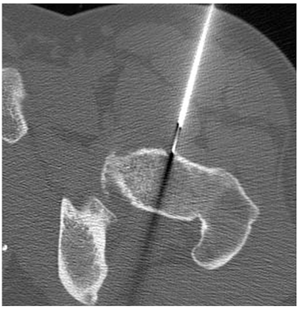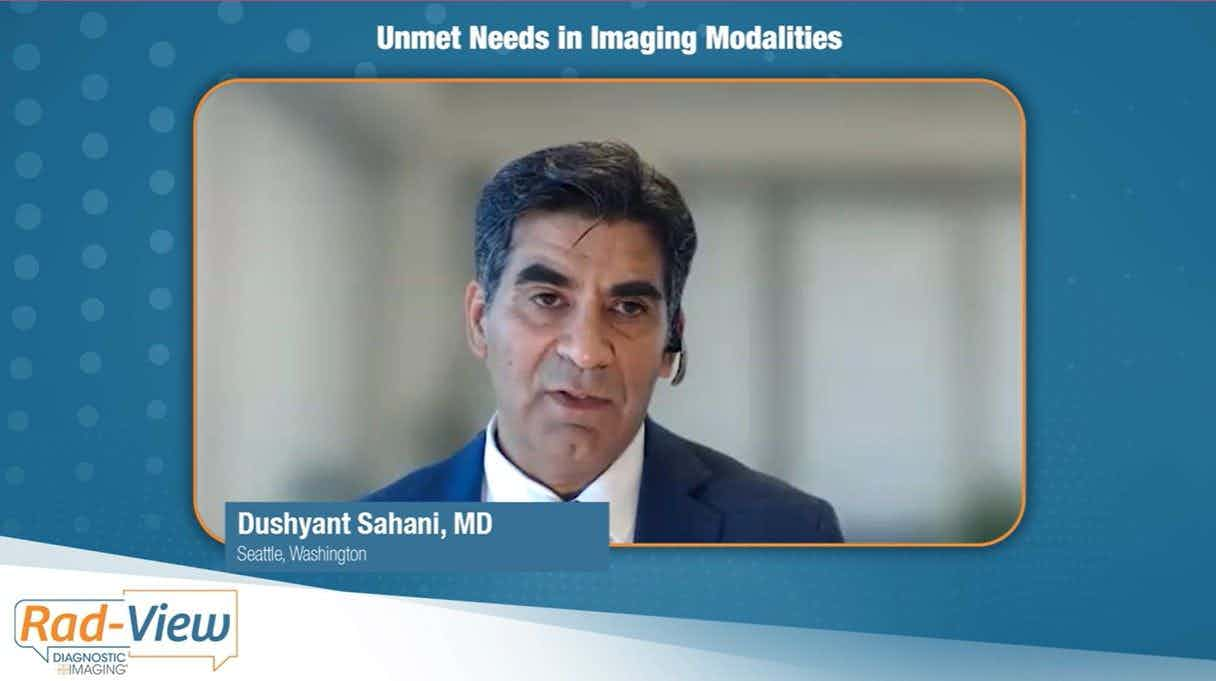Lesion location, complexity define pain after RFA of osteoid osteomas
A lesion’s type and location, and the number of muscles that a needle has to pierce to reach it, rather than the number of procedures, determine the level and duration of pain after radiofrequency ablation of osteoid osteomas, according to Mayo researchers.
A lesion's type and location, and the number of muscles that a needle has to pierce to reach it, rather than the number of procedures, determine the level and duration of pain after radiofrequency ablation of osteoid osteomas, according to Mayo researchers.
RFA of osteoid osteomas, introduced by Dr. Daniel Rosenthal at Harvard University in 1992, has become the standard of care for such tumors. Questions persist regarding the optimal way to treat these nonmalignant but painfully disabling tumors affecting mostly young patients. Treatment optimization could have implications for treatment planning and management to reduce the degree and duration of the pain.
"Radiofrequency ablation has really gained popularity due to its high technical and clinical success rates and low complication rate," said principal investigator Dr. Jeffrey J. Peterson, a musculoskeletal radiologist at the Mayo Clinic in Jacksonville, FL.
Peterson and colleagues retrospectively evaluated the presence and degree of pain for 20 consecutive patients (15 men, five women; mean age 21) who underwent RFA of osteoid osteoma at their institution. The lesions were located in the femur (14 cases), tibia (five), and scapula (one). Thirteen and seven lesions, respectively, were extra- and intra-articular in location, 10 were cortical, nine subperiosteal, and one cancellous.
The investigators found that intra-articular/cortical lesions and lesions with more muscles traversed by needle were associated with more postprocedural pain. They also found that the number of ablations was not significantly associated with a difference in degree or duration of pain. Peterson released his group's findings at the 2008 RSNA meeting.
Researchers used the subjective visual analog scale (VAS) for postprocedural pain degree assessment, rating pain as severe, moderate, mild, or nonexistent. Patients were treated for pain at night and the next day with dilaudid (12), percocet (seven), and/or ibuprofen (one).
Seventy-one percent of intra-articular and 53.8% of extra-articular lesions were treated for post-RFA pain. Also, 70% of cortical lesions were admitted for pain management and 44.4% of subperiosteal lesions. The correlation between the number of ablations and pain management was one (46.1%), two (60%) and three ablations per procedure (50%). The correlation between number of muscles traversed by needle and admission for pain management was 0 muscles/50%, one muscle/60%, two muscles/60%, and three muscles/100%. No patients reported severe pain the day following the procedure. Follow-up showed that moderate pain lasted on average 1.3 days and mild pain 4.3 days. All pain resolved an average of 6.5 days after ablation. All pain medication was discontinued by 8.7 days.
"Overall results were quite good, with no treatment failures and only one recurrence at one year following ablation," Peterson said. "Eight of our cases were discharged the day of the procedure."











